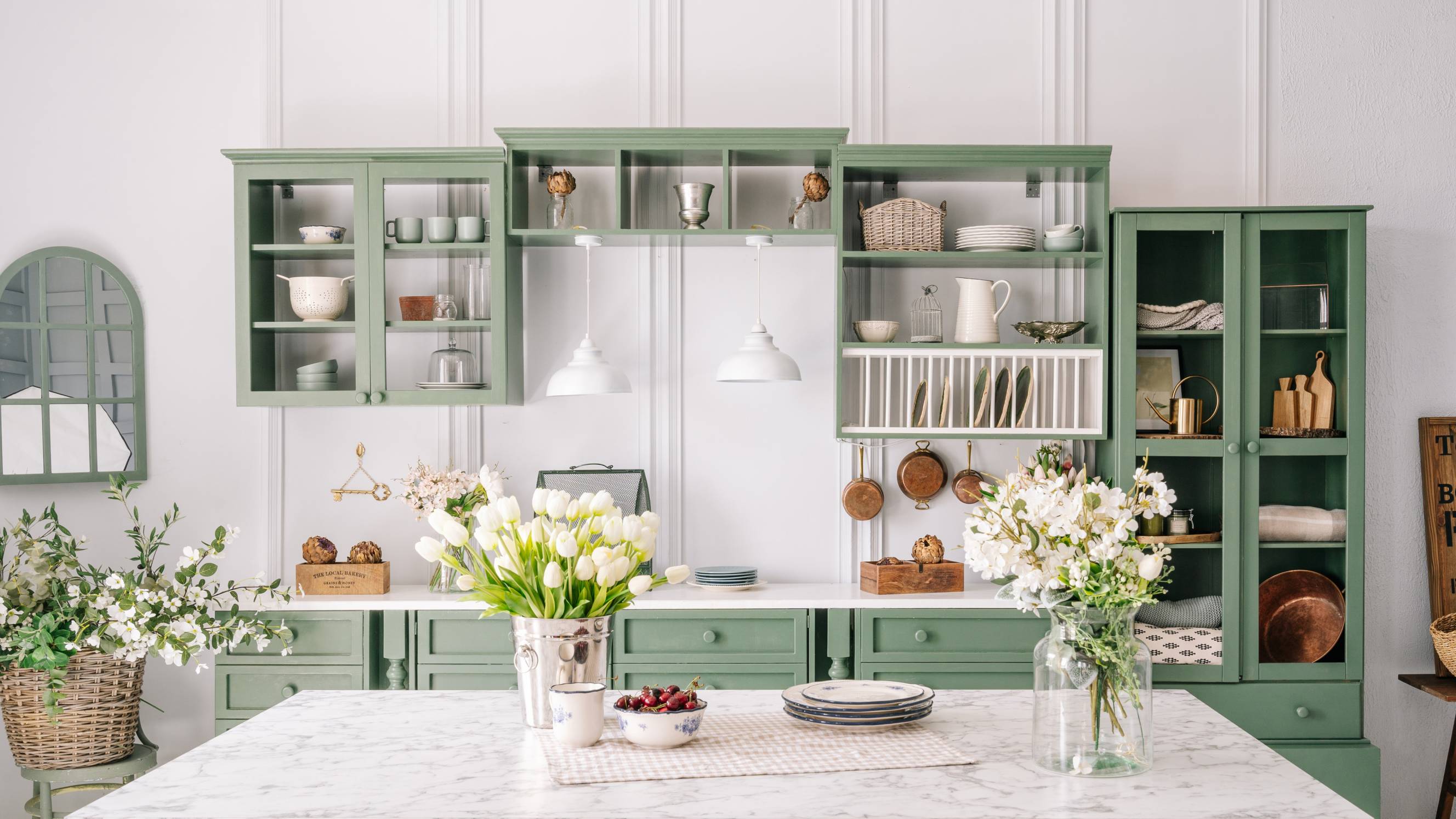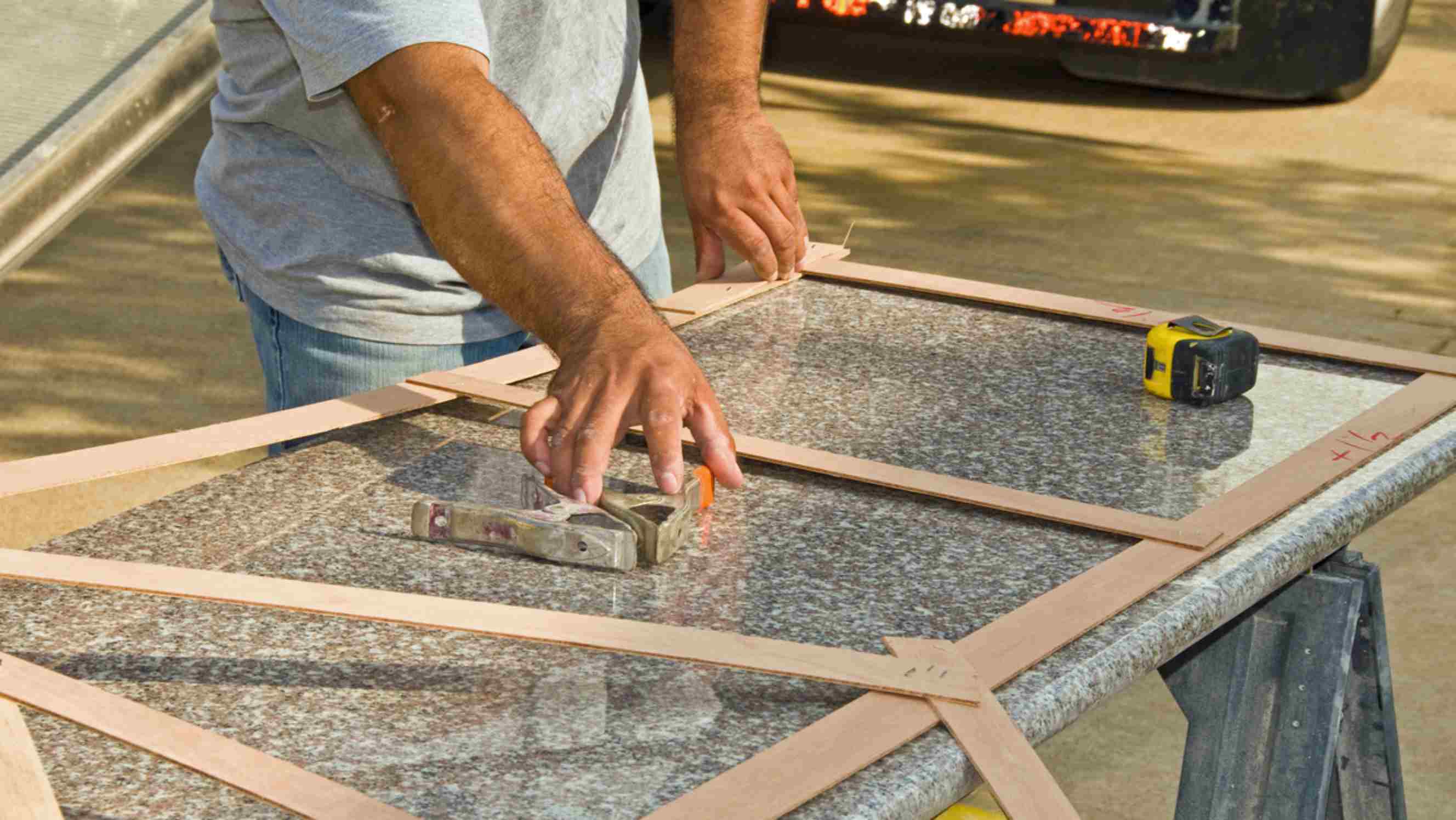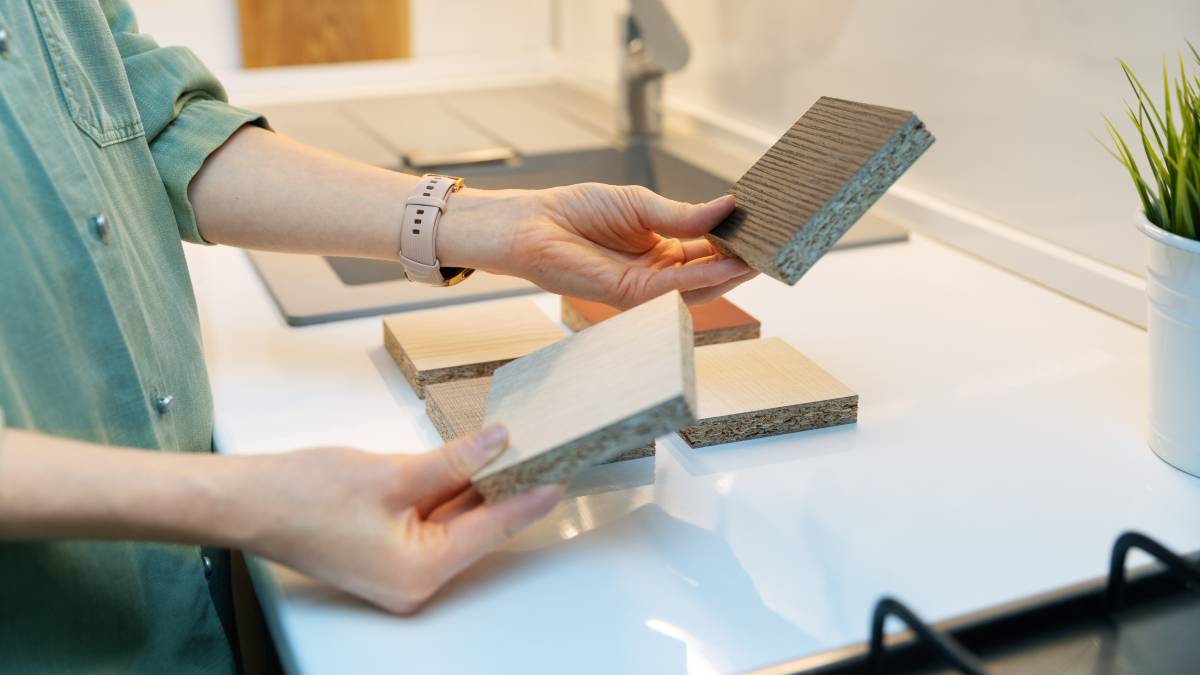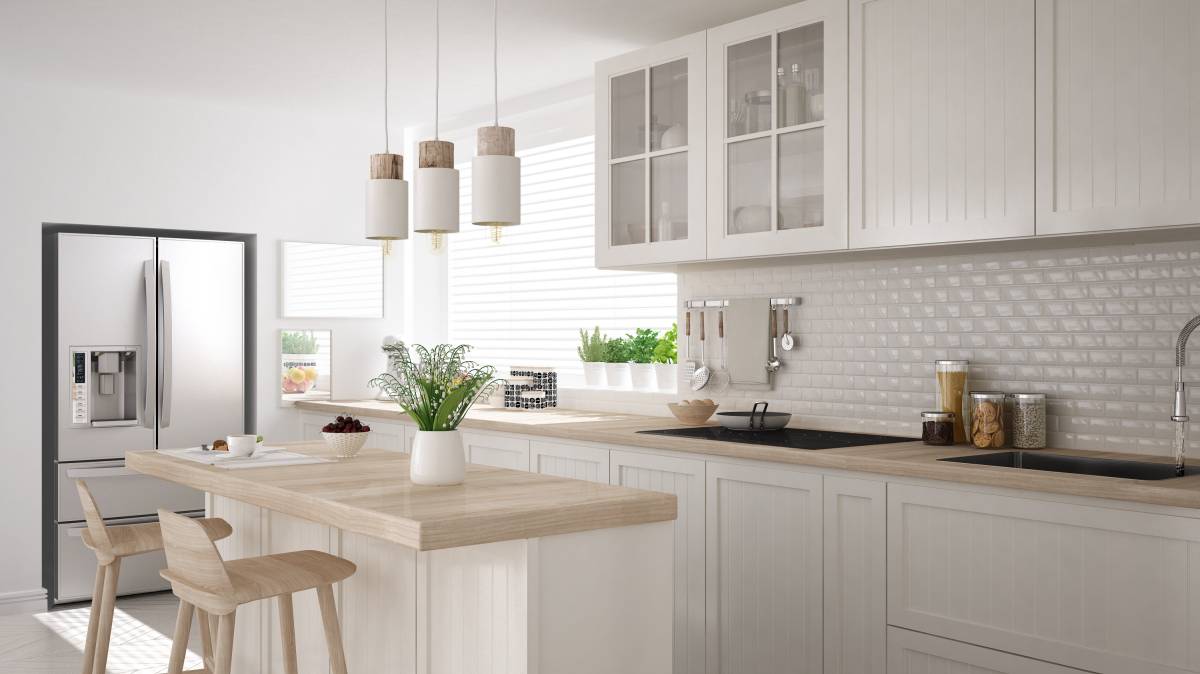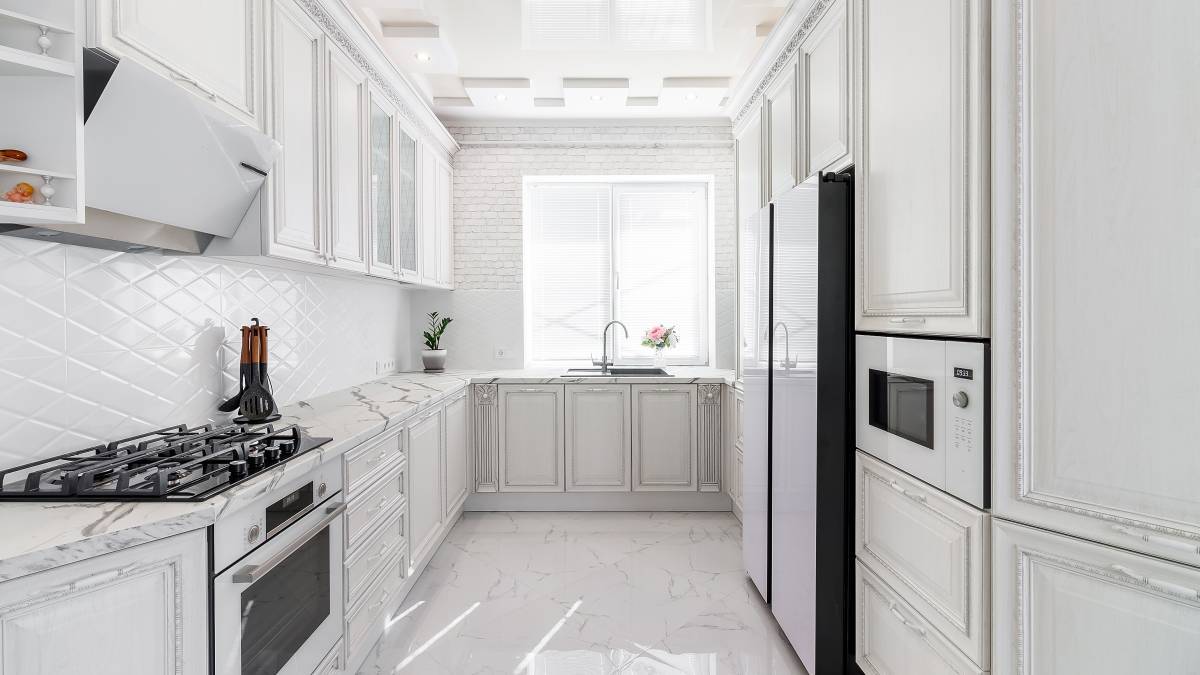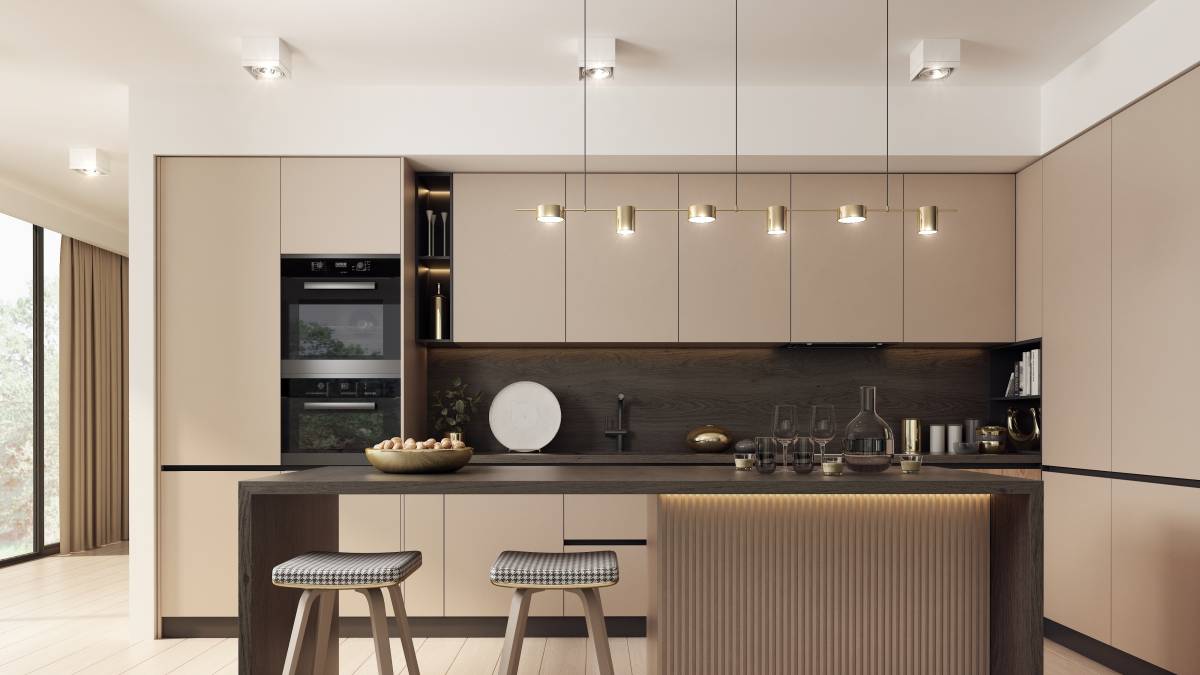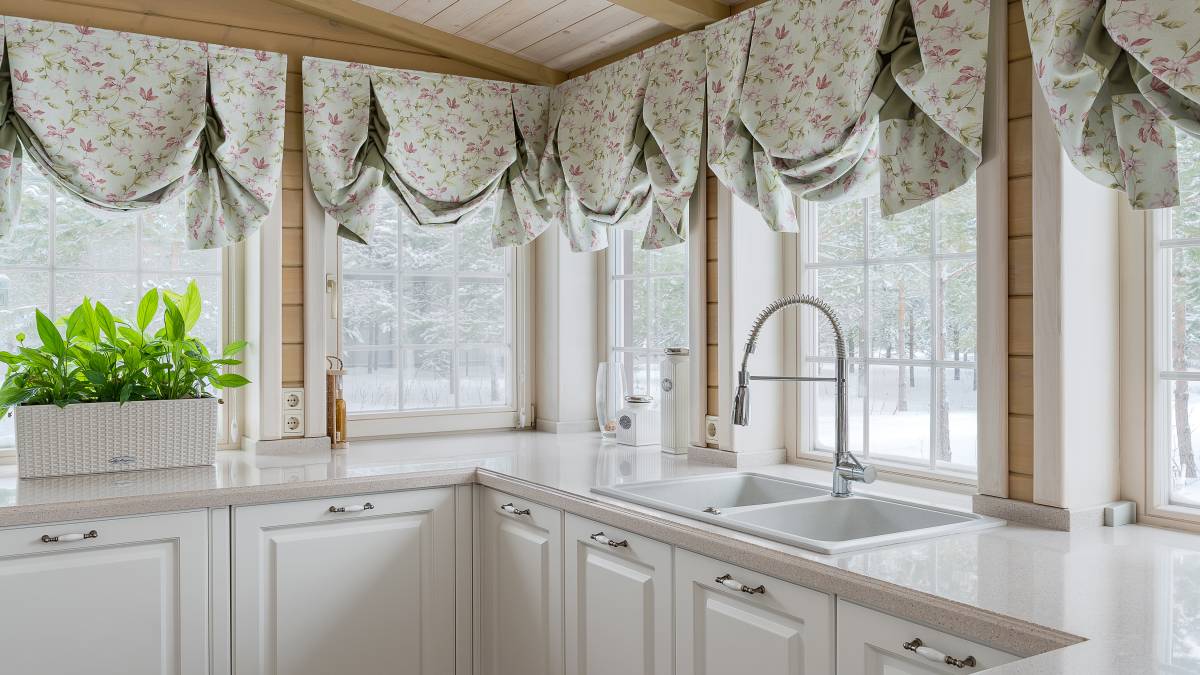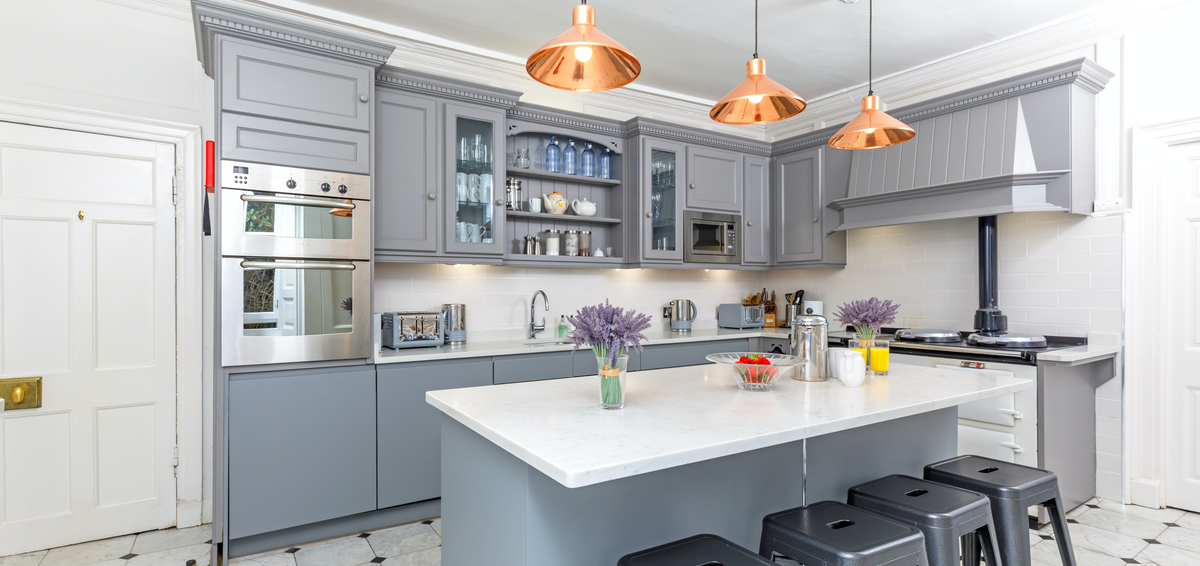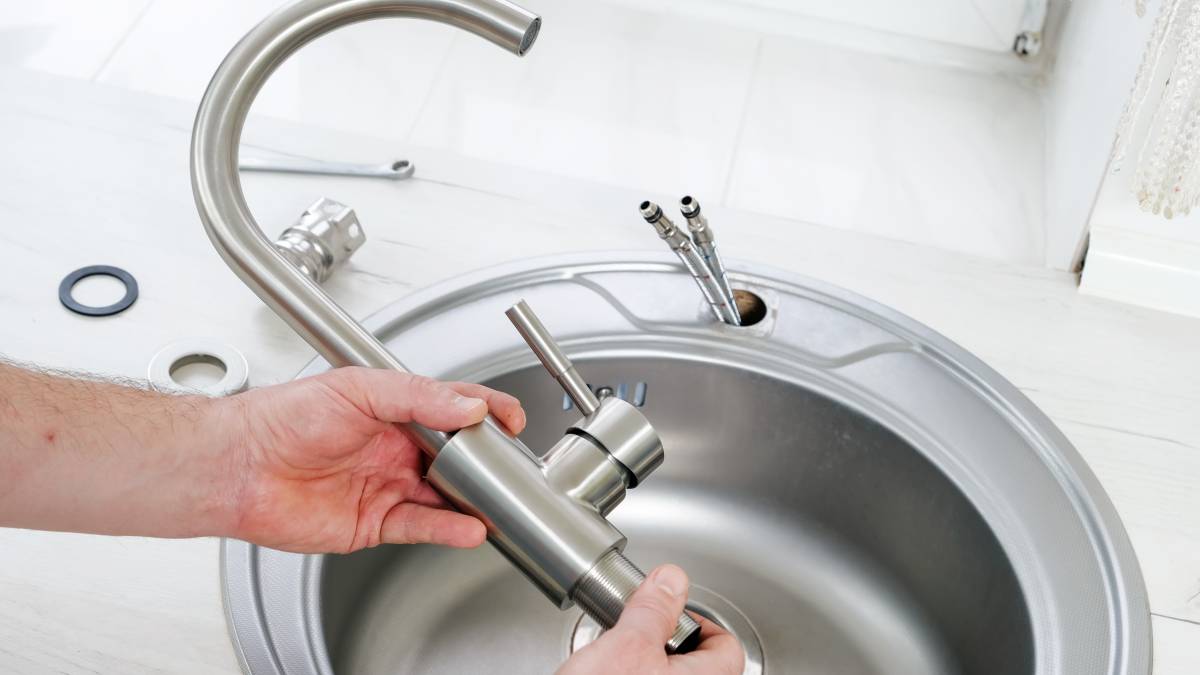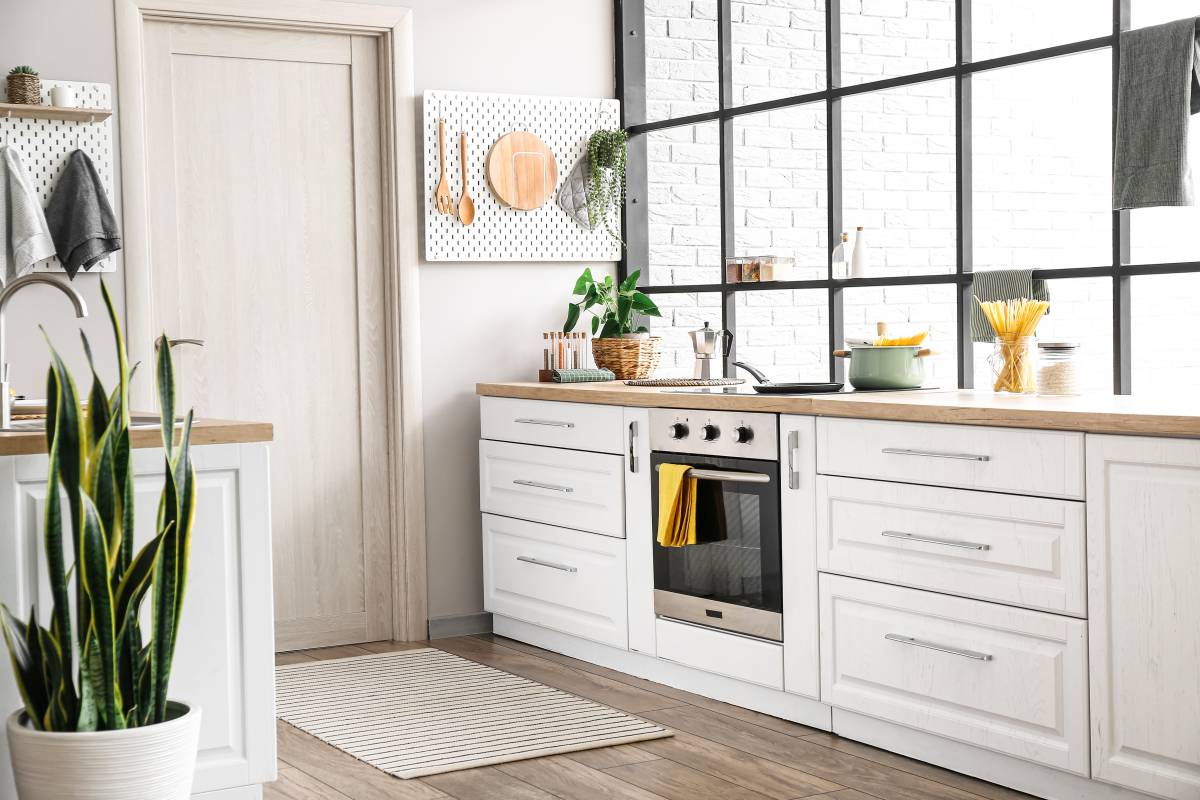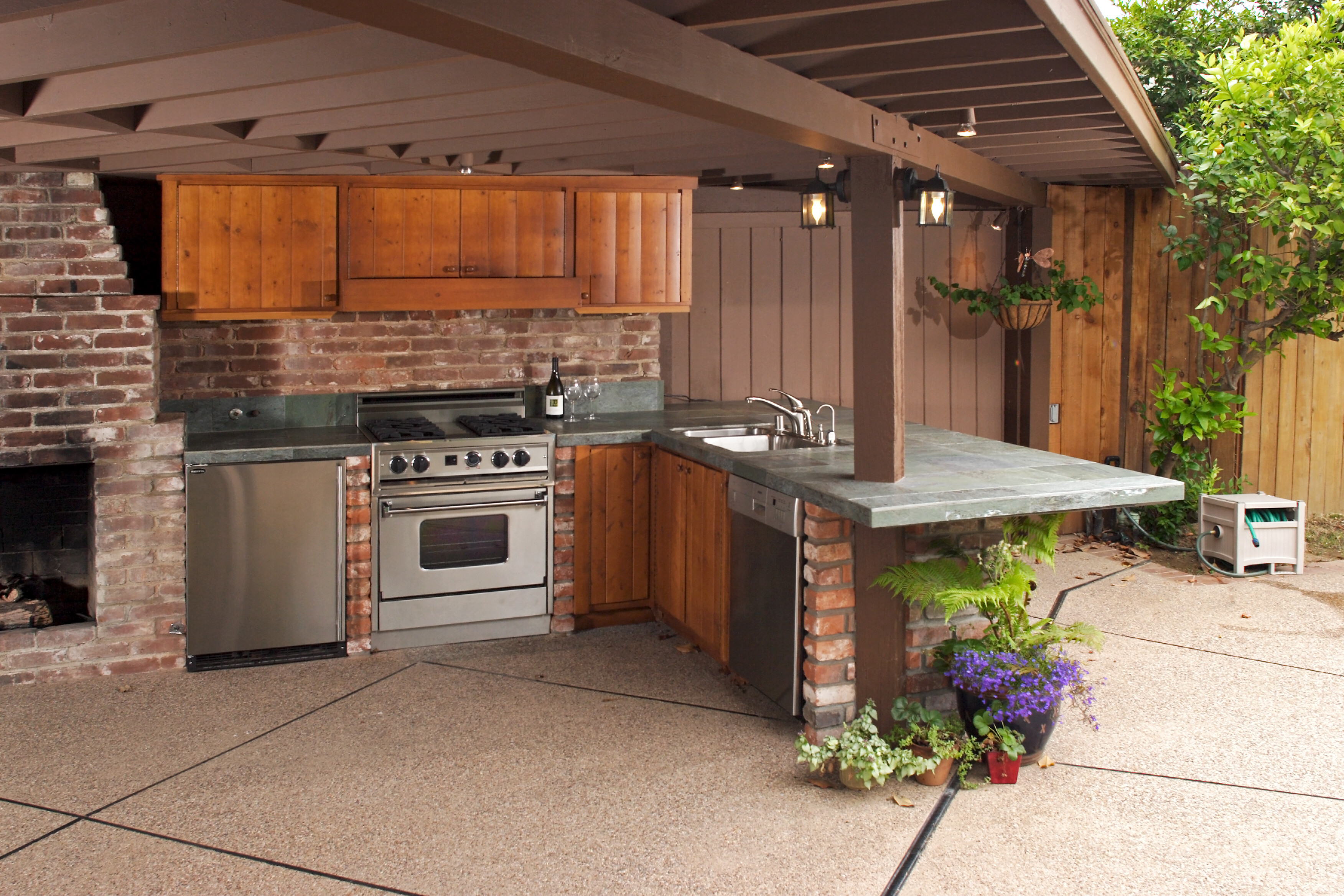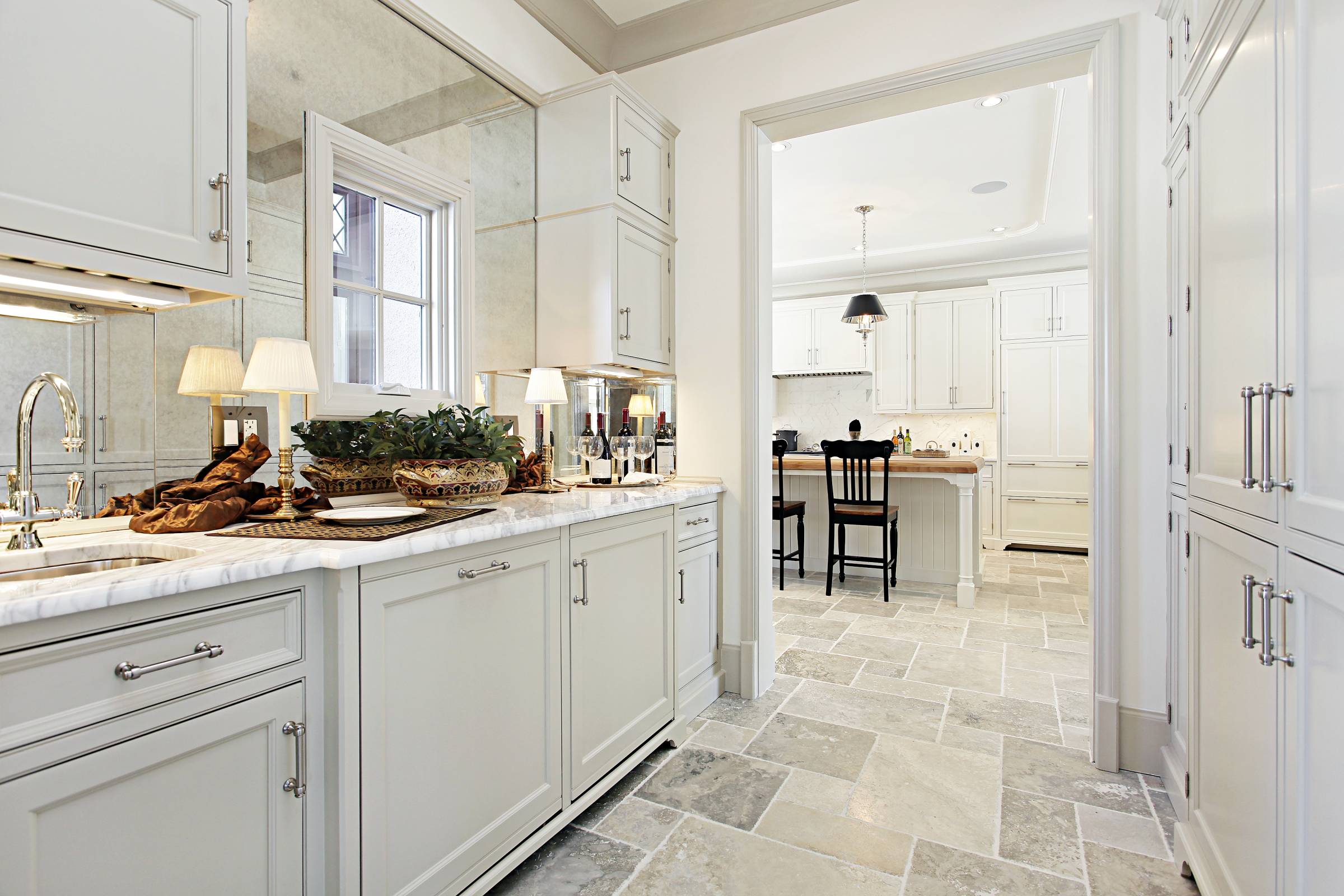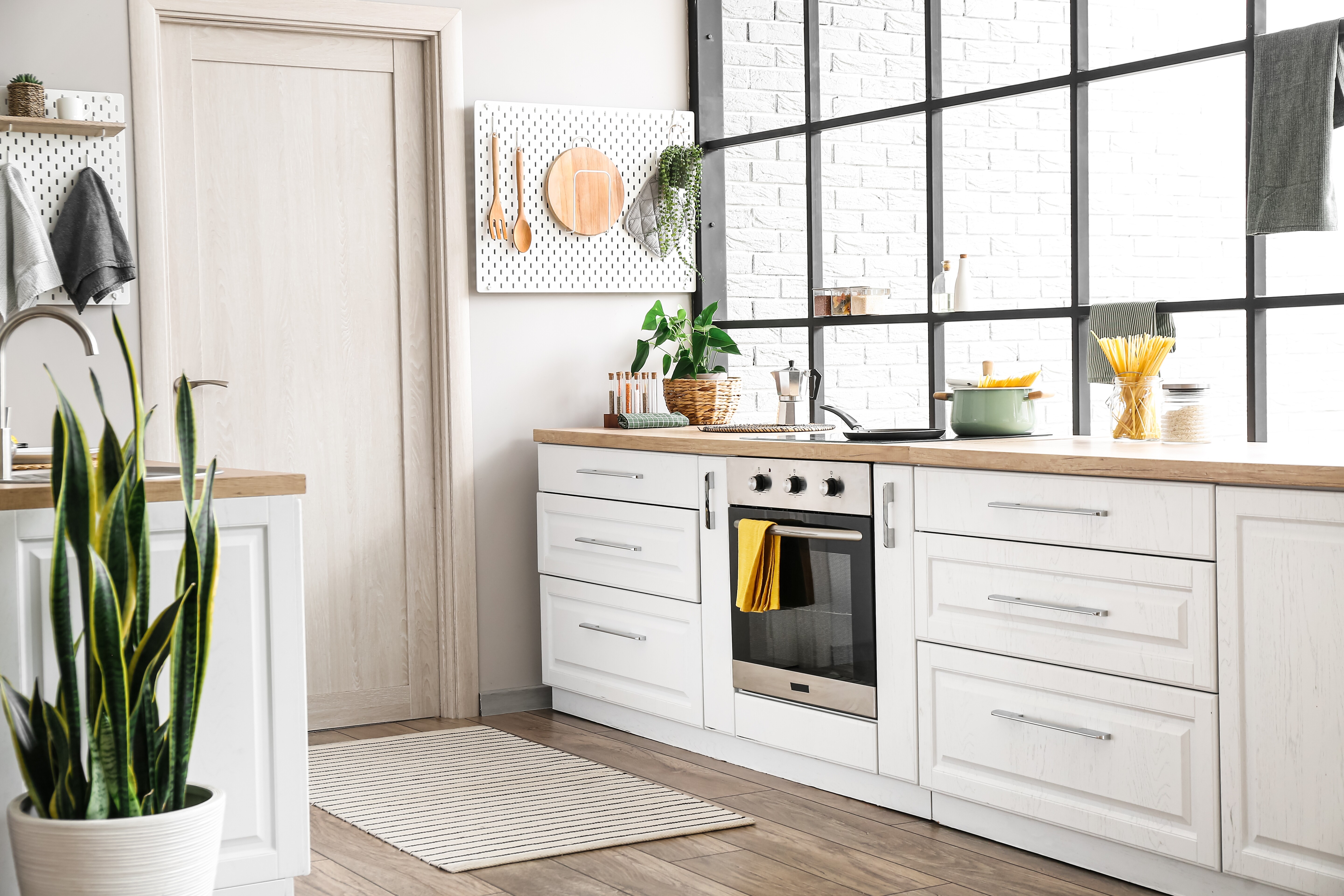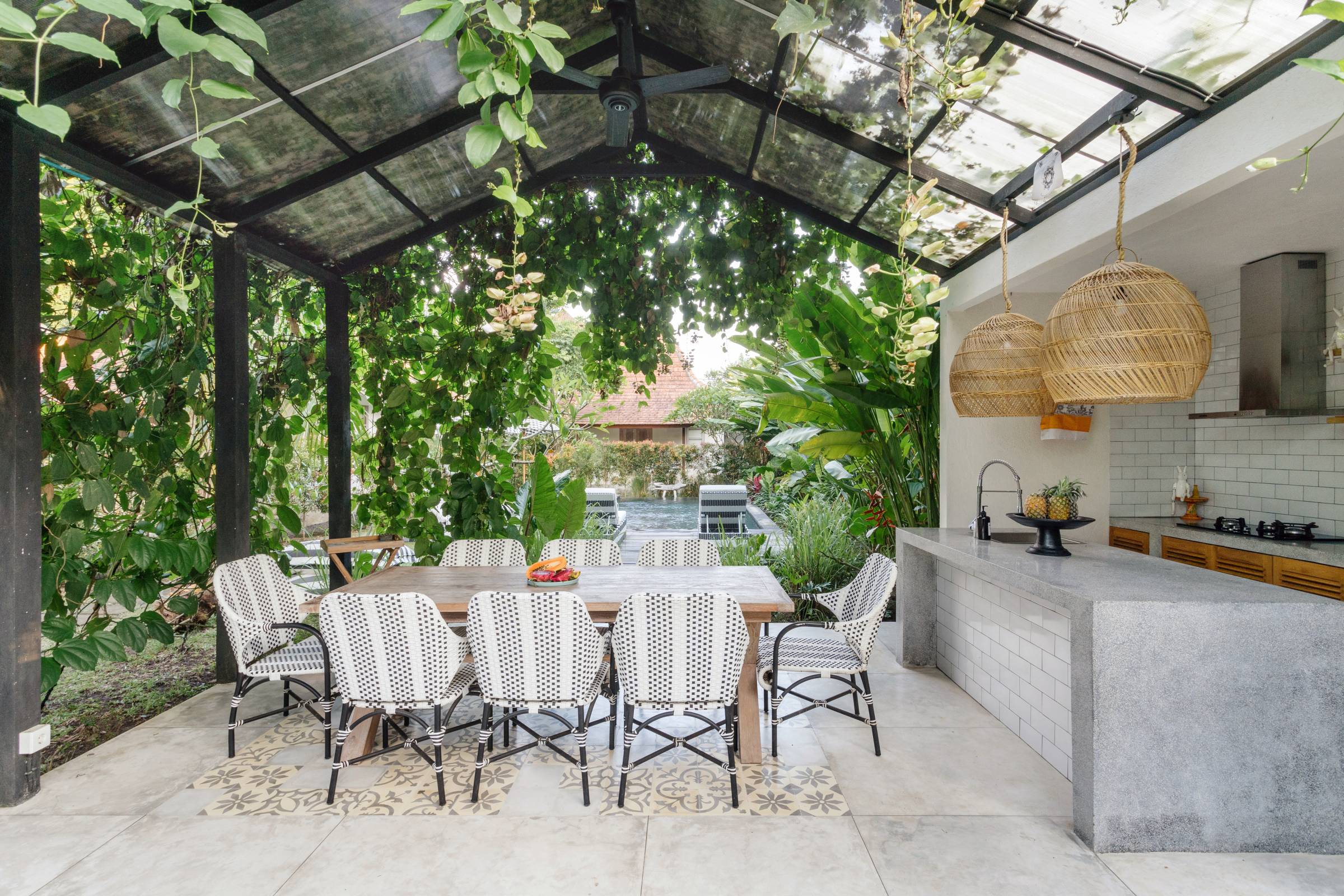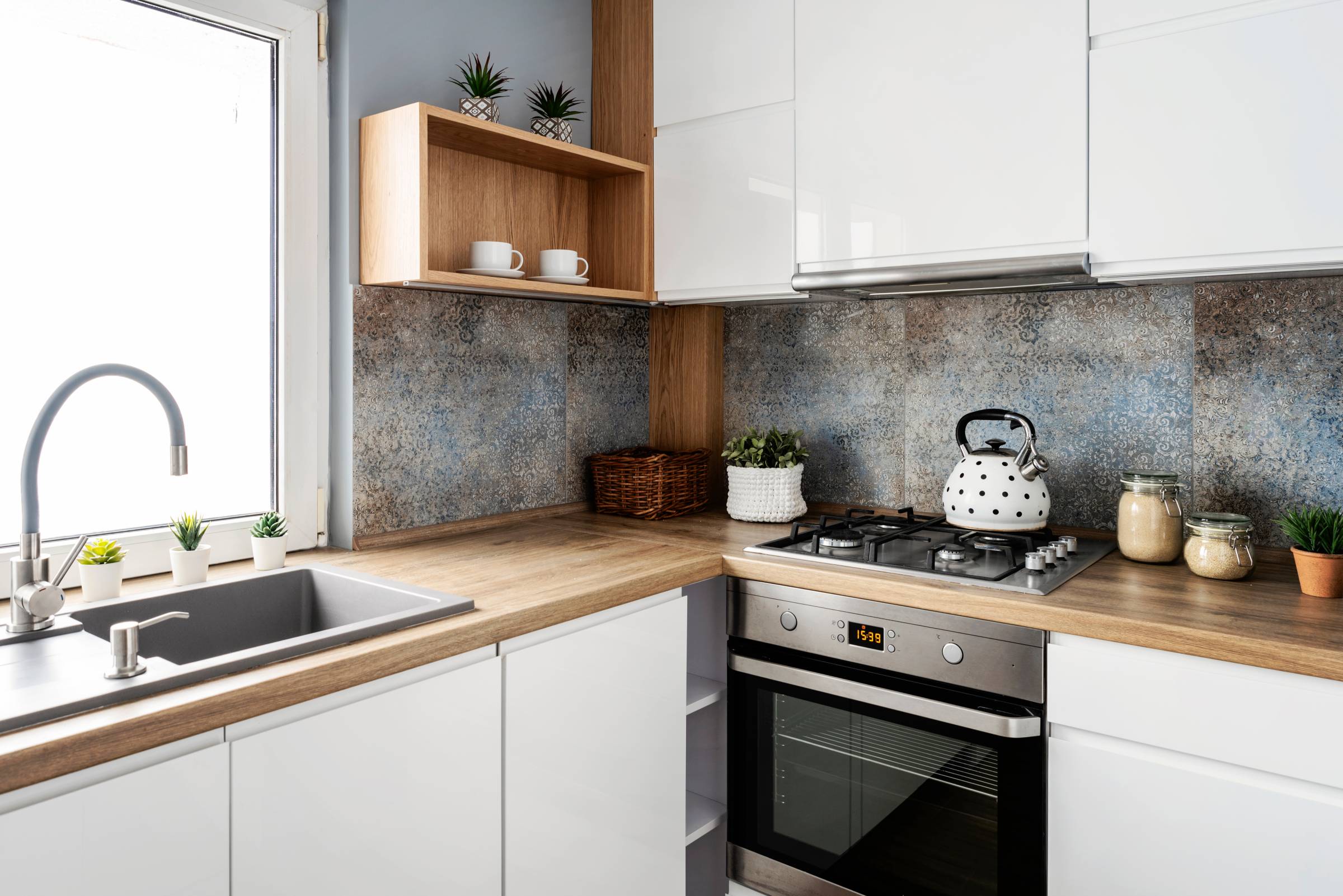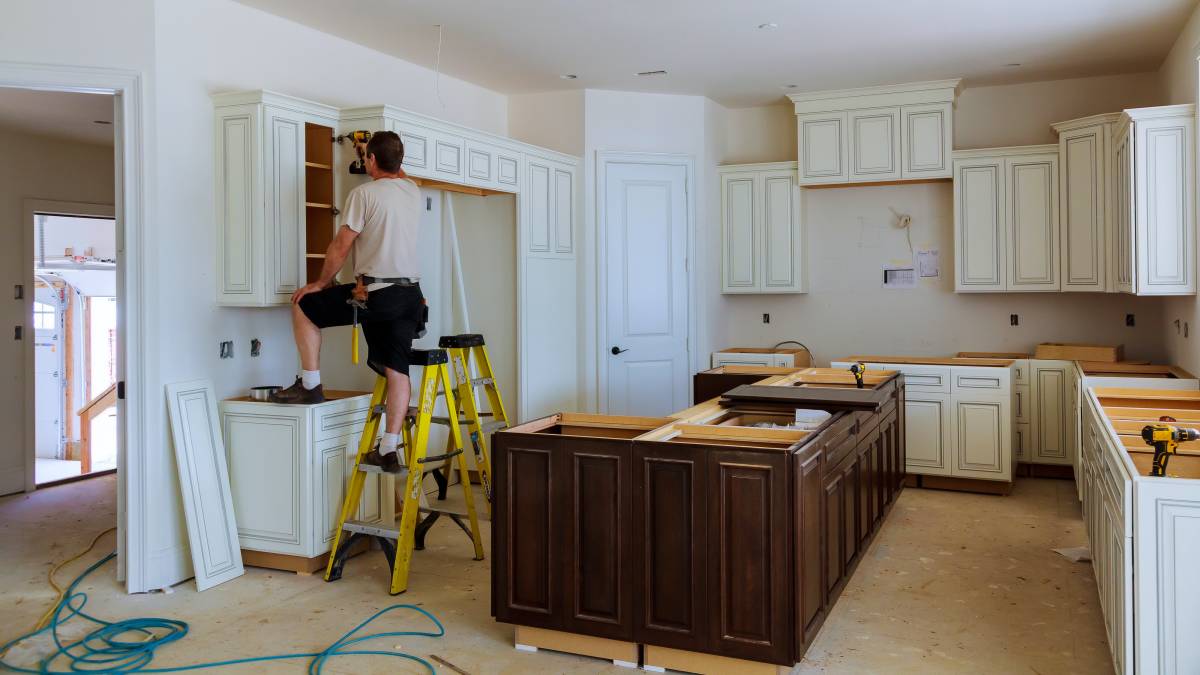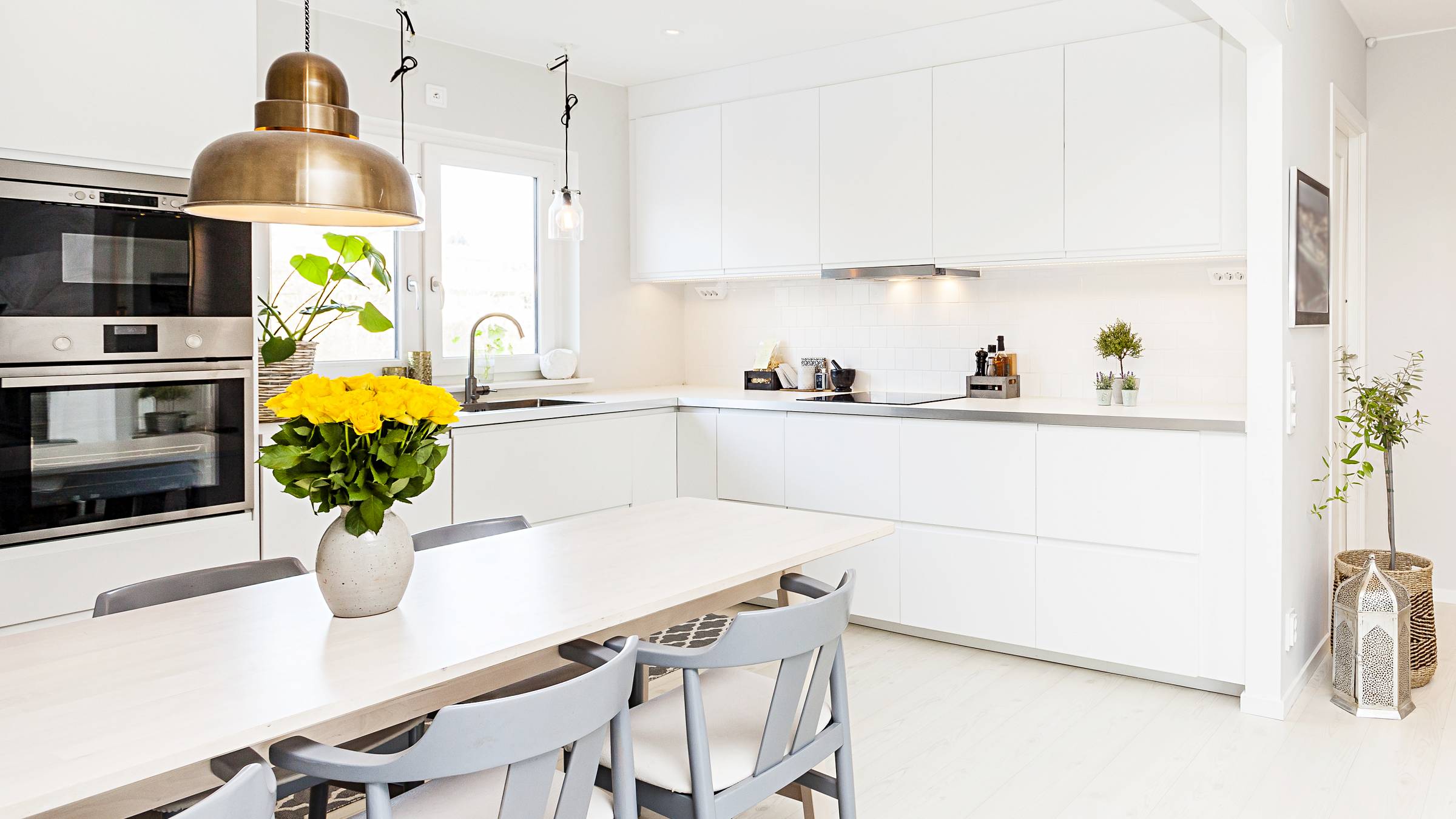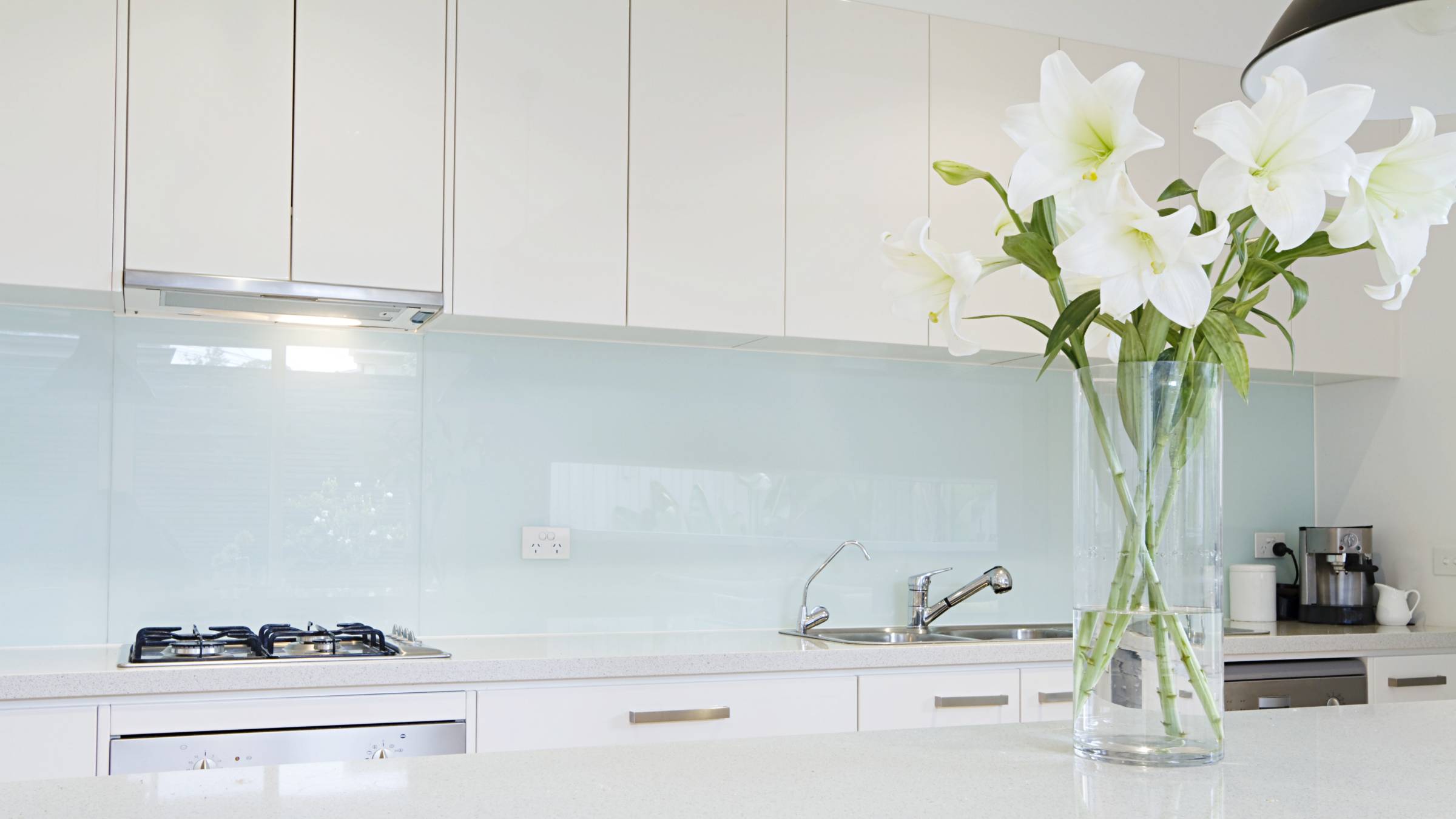- Home/
- Comparisons/
- Kitchen Renovation/
- Kitchen Island vs Peninsula
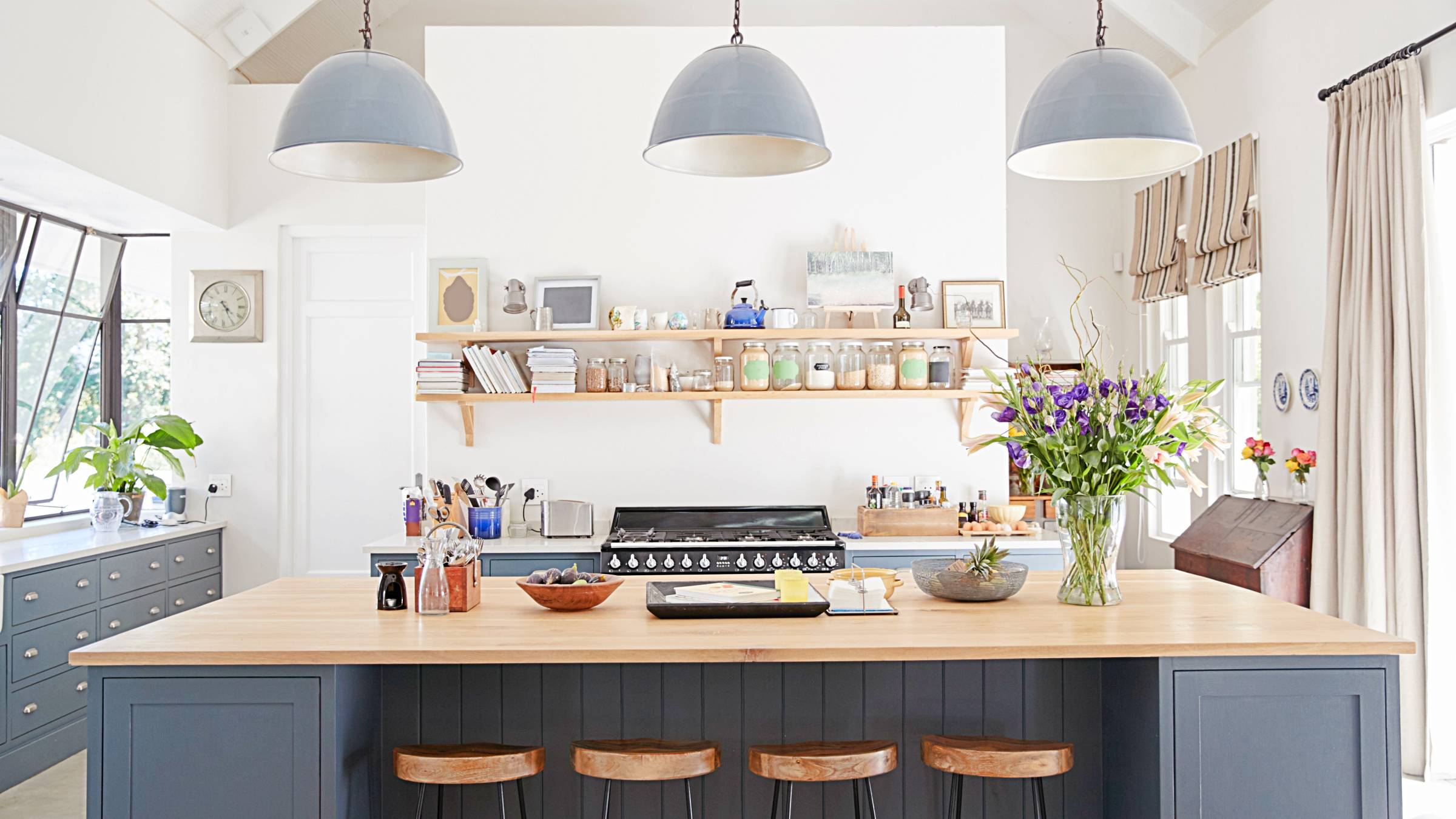
Kitchen island vs peninsula: Which is better for your home?
Comparing kitchen islands and peninsulas based on cost, design, and more
Hire a kitchen renovatorLast Updated on
Key Facts
- A kitchen island is an unattached piece of furniture typically placed in the middle of a kitchen. It has a countertop and may be used for food prep or dining.
- A kitchen peninsula is a unit with one side connected to a kitchen wall or cabinet. Like a kitchen island, it may function as a dining table or a worktop to prepare meals.
Since we spend a lot of time preparing and eating food, it’s natural to want our kitchens to be as pleasant and functional as possible. That’s why kitchen renovations are such a big part of modern home renos. One of the most common dilemmas people face during a kitchen renovation is whether to choose an island or a peninsula.
This article aims to help you choose the right kitchen feature for your home based on factors such as design, cost, and eco-friendliness. It will also answer some of the most common questions people have about kitchen islands vs peninsulas.
What is a kitchen island?
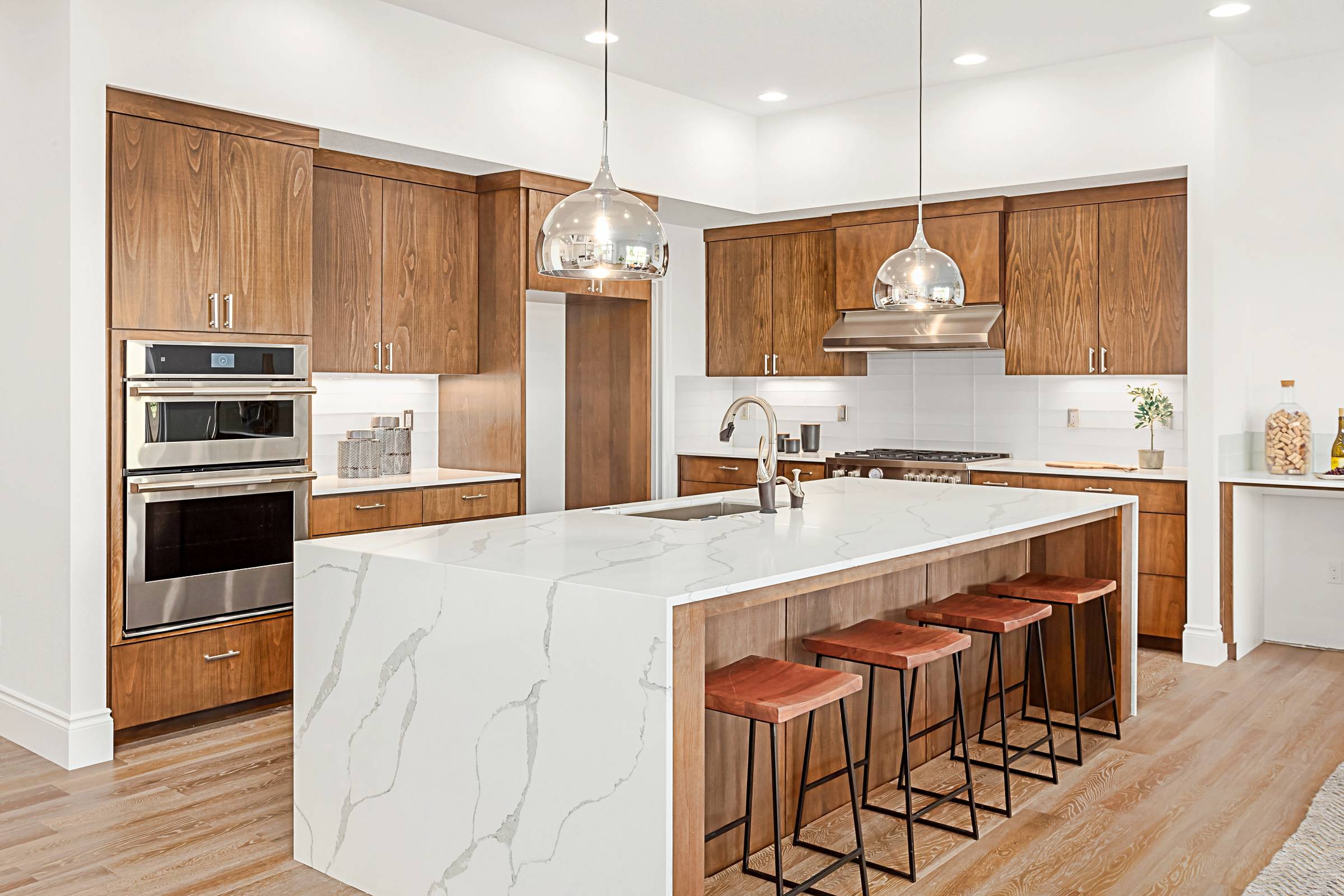
A kitchen island is a freestanding unit with a flat surface that is usually placed in the middle of the kitchen. This waist-level furniture typically has a worktop that serves different purposes, with the most common ones being food prep and food consumption. Some kitchen islands have cabinets and drawers for storage, while others have an outlet, a stovetop, and a sink for maximum functionality. Most kitchen islands have a rectangular shape.
What is a kitchen peninsula?
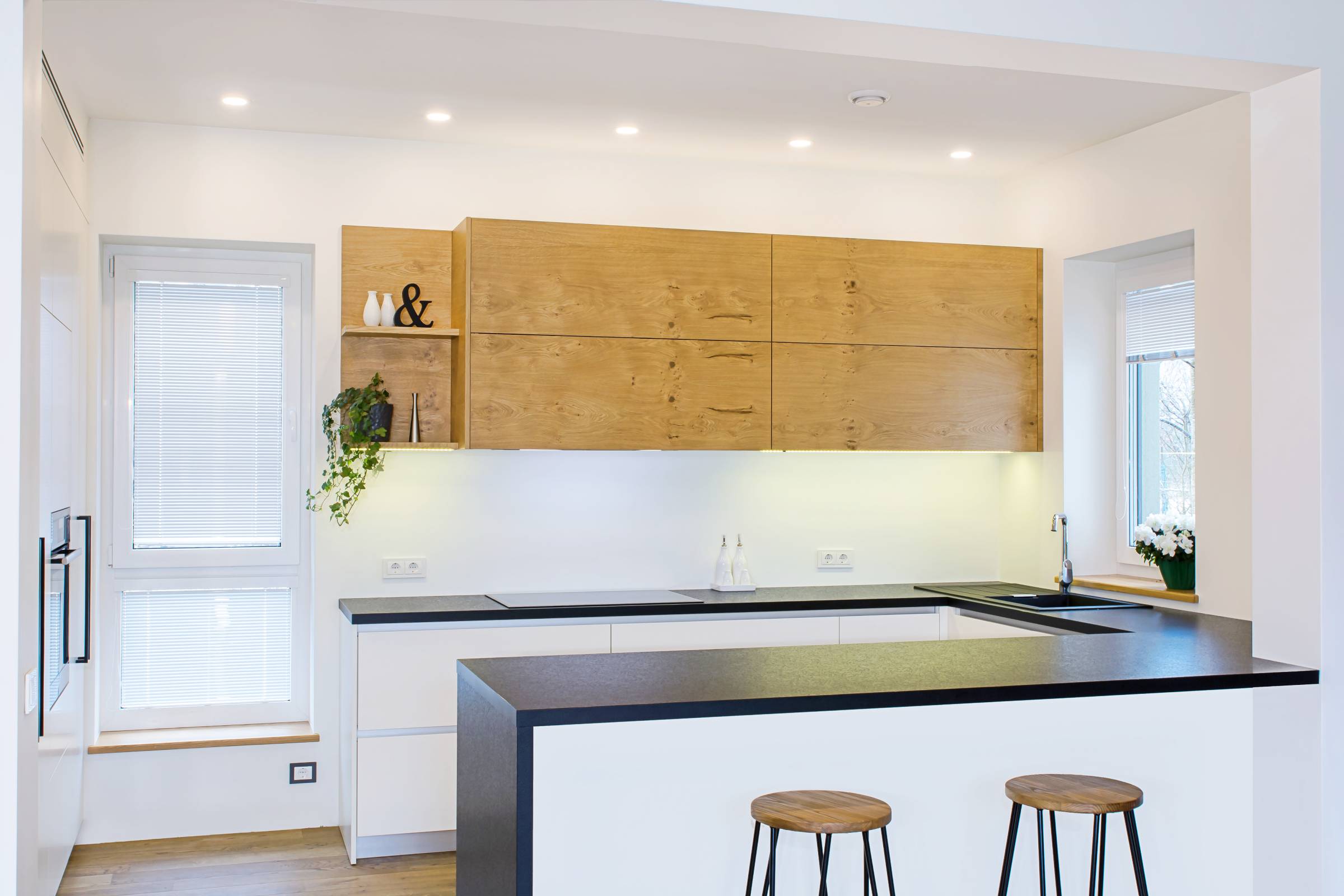
A kitchen peninsula, unlike a kitchen island, has one side affixed to the wall. It may also serve as an extension of the floor cabinets and share the same countertop with them for a seamless flow. Kitchen peninsulas are typically utilised in the same way as kitchen islands. However, their possible effect on a kitchen’s traffic flow and vibe may be different. Having a peninsula usually leads to a U- or L-shaped kitchen layout.
Kitchen island or peninsula: Which is better for your needs?
If you want to know whether a kitchen island is better than a peninsula, you have to take multiple things into account. The same holds true if you’ve found the perfect kitchen island peg while browsing for inspiration online but aren’t sure if a peninsula will end up being a better fit for your space. In this regard, this section may provide some clarity and help you make a choice.
In terms of cost
Overall, performing a kitchen renovation requires a significant budget. But building a kitchen peninsula is typically more budget-friendly than constructing a kitchen island due to several factors. For one, a peninsula can just be an extension of your kitchen’s counter space; it does not have to require a different building process, another type of material, or additional labour.
Meanwhile, since an island is an element unattached from the rest of the kitchen, it usually requires more time and manpower to build. Kitchen islands are also outfitted with more functions and features than a kitchen peninsula, which only adds to the overall cost.
In terms of design/appearance
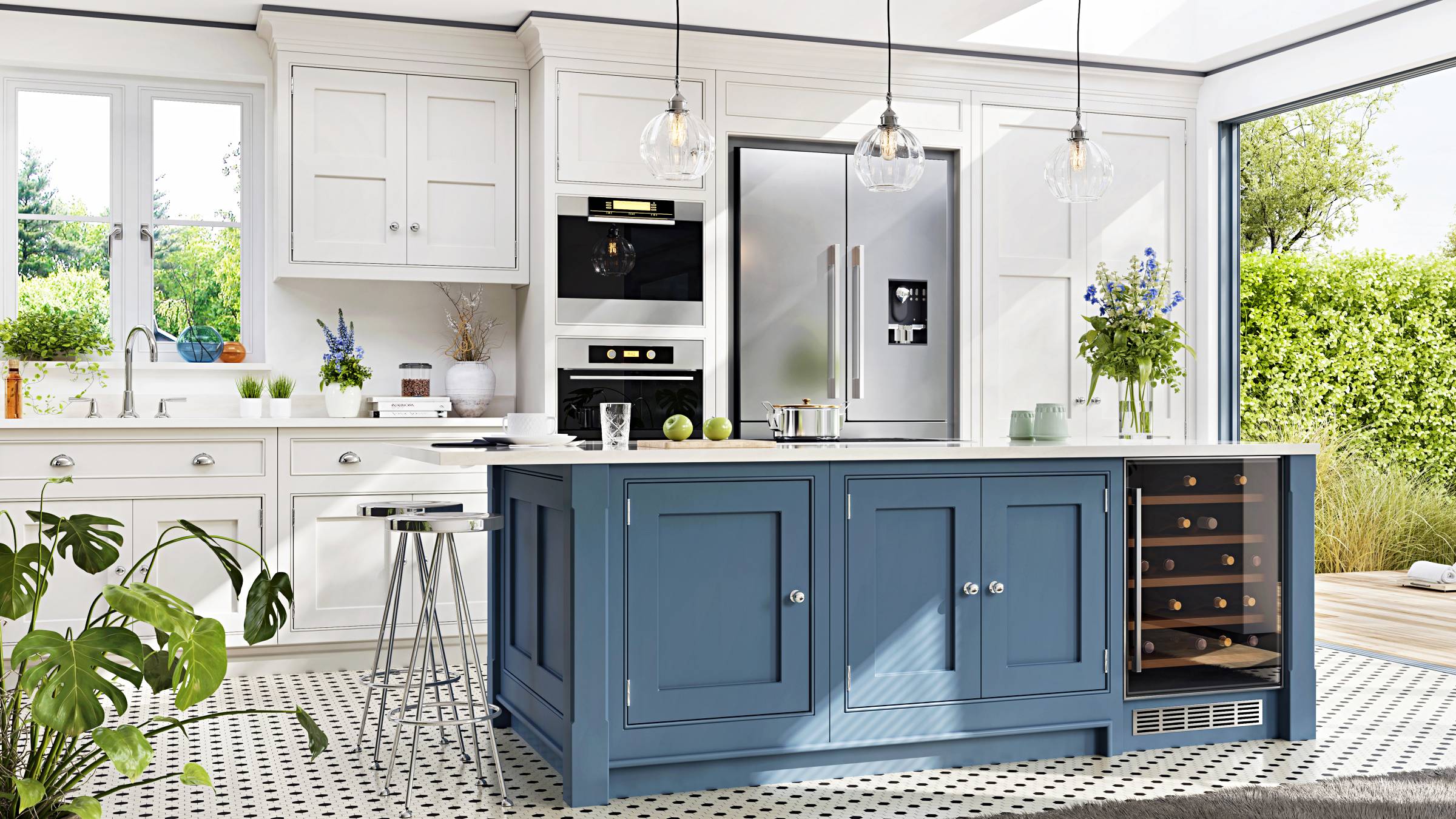
Kitchens with islands tend to look more attractive than kitchens with peninsulas. This is because islands provide balance to a space. Meanwhile, because it’s supposed to be attached to a kitchen wall or cabinet, a peninsula can make an area appear disproportionate if not laid out properly. But in a small kitchen, a peninsula may be more apt since it won’t require a lot of room for movement.
In terms of materials, both kitchen features are not limited to just a few kinds. Some common types of benchtop materials for islands and peninsulas are marble, granite, timber, laminate, and stainless steel. However, shape-wise, there’s more variety and fewer restrictions with kitchen islands since they’re freestanding. This also means they’re more customisable.
In terms of building complexity
If you’re about to renovate your kitchen, know that building a kitchen island usually makes things more complicated due to its tendency to incorporate more parts and functions. There are things to take note of, such as the national regulation regarding socket and sink distance, as well as specific instructions from appliance manufacturers. Constructing a kitchen peninsula, on the other hand, tends to be more straightforward and faster.
In terms of functionality/versatility
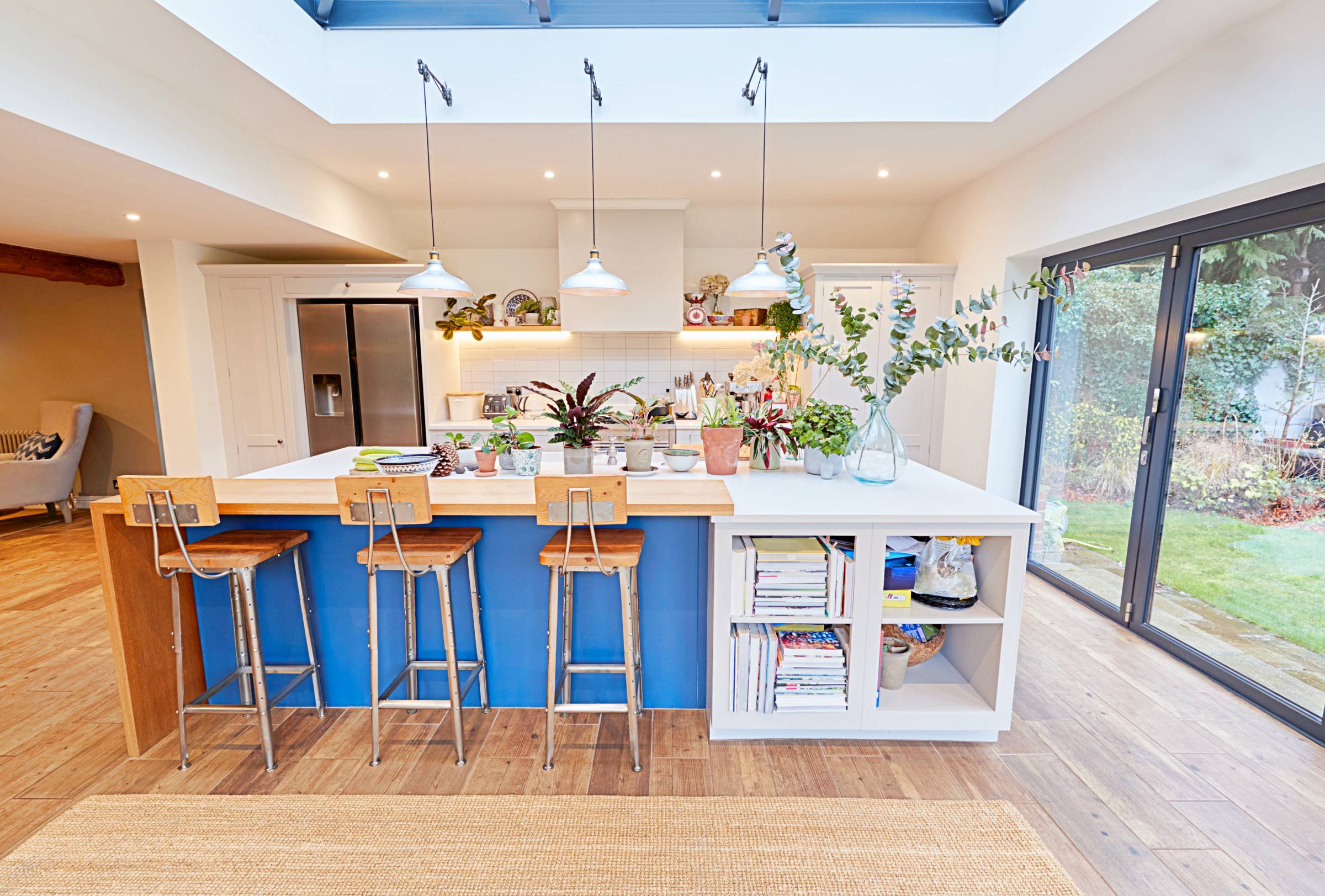
Adding an island vs a peninsula to a kitchen layout usually means allowing more kinds of activities to be done in your kitchen, thereby increasing its level of functionality. For instance, if your kitchen island’s dimensions are considerably bigger, there can be room to prepare and cook a meal, eat, add decor, and store some books, tableware, and small kitchen tools. A peninsula, which does not usually have extra counter space, may not be able to offer some of these functions.
Moreover, if your kitchen island is movable, it can give you much more room—literally—whenever you require it. On the other hand, a peninsula is typically attached to a wall and cannot be moved around.
In terms of durability/maintenance
If made of the same material and by the same people, it would be wrong to say that a kitchen island is better than a peninsula in terms of durability because they would most likely be equal in this regard. Ultimately, their ability to last will depend on how they were constructed. However, keep in mind that a kitchen island would require more upkeep, especially if installed with accessories like appliances and lighting.
In terms of eco-friendliness
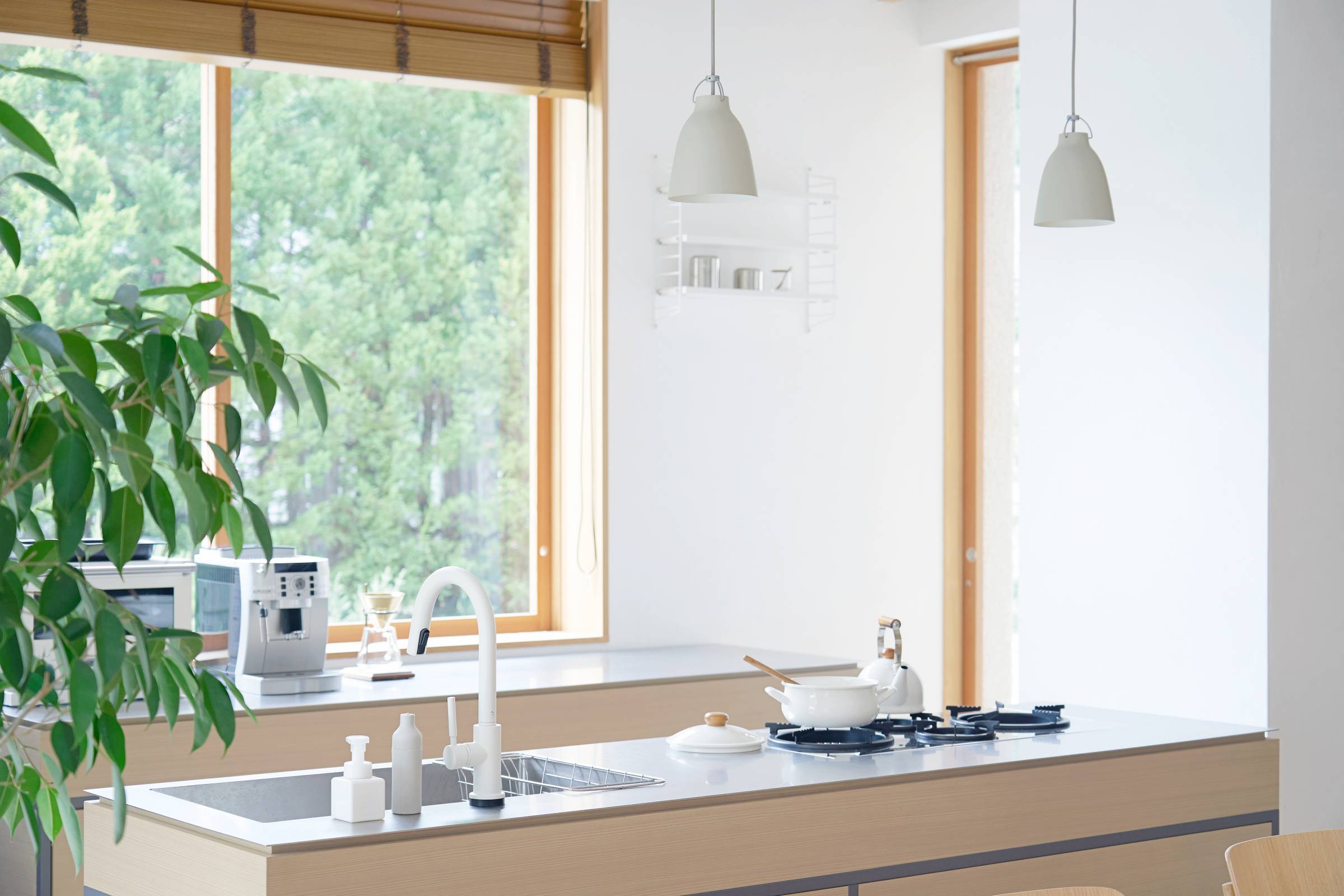
Building a peninsula in a kitchen is usually more eco-friendly since it will require fewer resources. However, the carbon emissions brought about by constructing a kitchen island can be offset in different ways. These include making sustainable kitchen choices in terms of materials, layout, and design. One can also opt for energy-efficient appliances instead of those that consume great amounts of electricity.
Achieve your dream kitchen with Airtasker
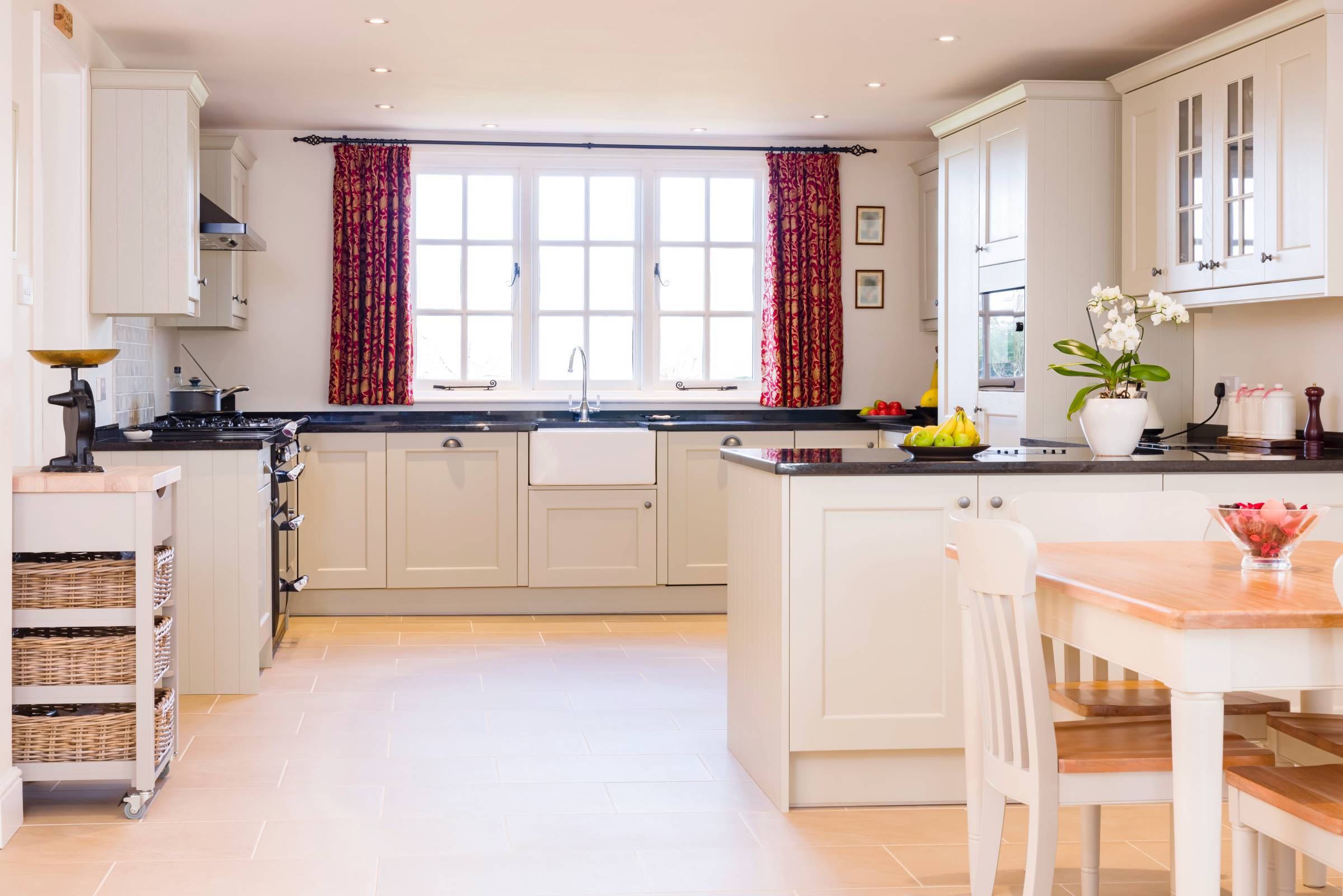
If you’ve already decided between a kitchen island and a kitchen peninsula, it’s time to start ticking off items on your renovation checklist. But if you’re not sure where to start, don’t worry; Airtasker has professional kitchen installers ready to help. All you have to do is post a task and include the following details:
Your kitchen’s size;
Your budget;
Your location; and
Links to your design pegs.
Afterwards, wait for Taskers to respond and choose which one you’d like to work with.
Kitchen island vs peninsula
| Kitchen Island |
Kitchen Peninsula |
|
|
Cost |
More pricey |
More cost-effective |
|
Design |
More customisable |
Has fewer customisation options |
|
Building Complexity |
Usually takes more time and effort to construct |
Usually more straightforward to build |
|
Functionality |
More functional, especially if bigger; can be movable depending on how it was built |
May offer fewer functions; cannot be moved since it’s attached to the wall or a cabinet |
|
Durability |
As durable as a kitchen peninsula |
As durable as a kitchen island |
|
Eco-friendliness |
Requires more resources during construction; can be made of sustainable materials |
Needs fewer resources during construction; can be made of sustainable materials |
FAQs on kitchen islands and peninsulas
The kitchen triangle rule is a principle that aims for a more efficient kitchen layout to make tasks easier to accomplish. If done correctly, a triangle should form between the refrigerator, sink, and stove, with each side measuring at least 1.2 metres. However, it’s not necessary to follow this rule, especially in large kitchens with an open plan.
Yes, if your kitchen area can accommodate both an island and a peninsula without making everyday activities difficult to manage, it’s perfectly fine to have both units installed. In fact, in a home with an open plan—where the kitchen and dining areas commingle—having both can add value and harmony.
Depending on how spacious your planned kitchen island is, it’s possible to have both features if you know you’ll be able to maximise them. But if you can only choose one, know that a sink tends to be utilised more than a stove, making it the wise option in most cases.
The best kitchen peninsula layout depends on several factors, such as the amount of space in your kitchen, your lifestyle, and your needs. An L-shaped layout—compared to a U-shaped one—is more appropriate for smaller kitchens since it will take up less room. Meanwhile, a U-shaped version is perfect in a bigger kitchen area and can offer more storage space.
Find kitchen renovators, fast
Post a task
Related articles
Related price guides
